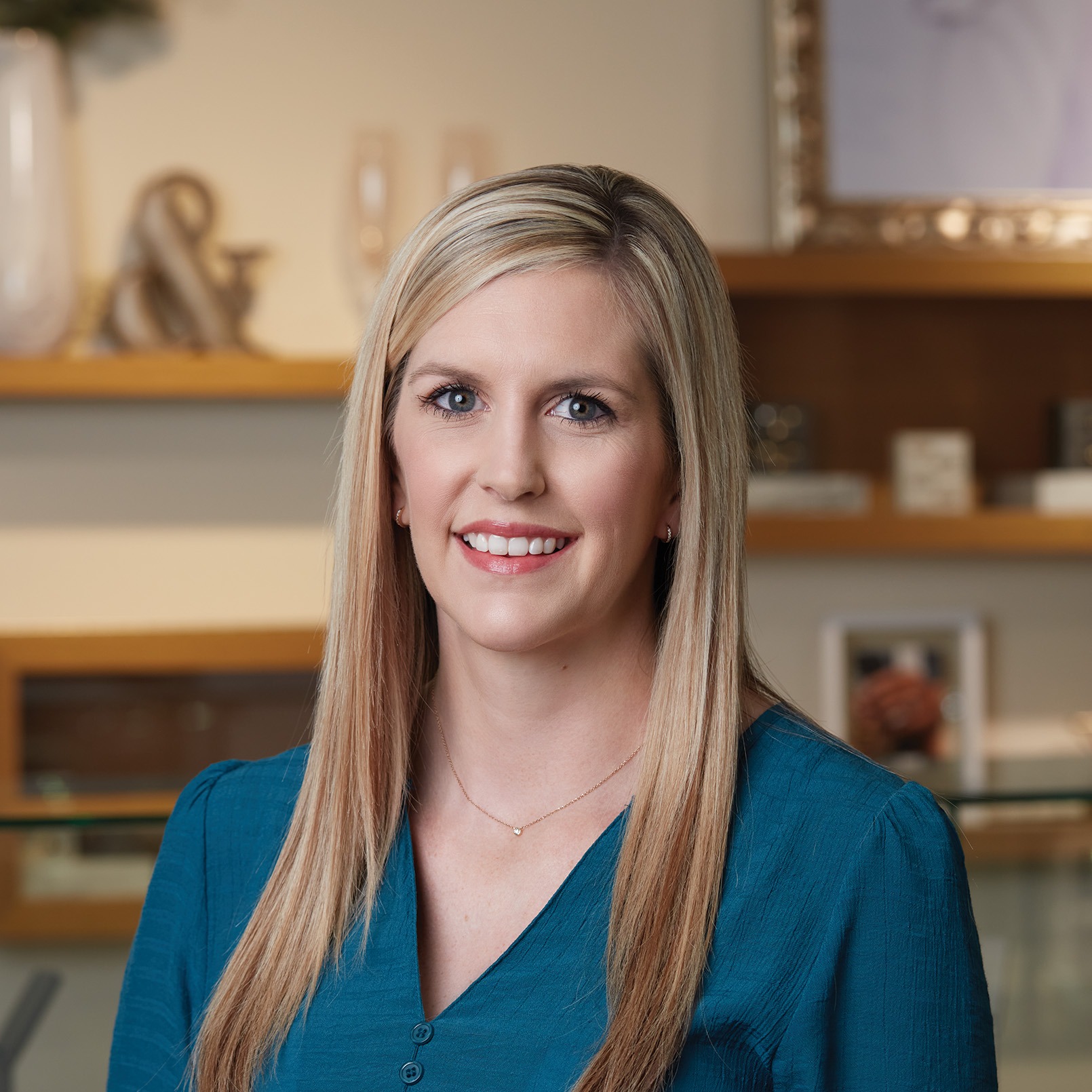Follow the step-by-step journey of a ring:
Part 1: The Journey of a Ring: Stuller Customer Care Center
Part 2: The Journey of a Ring: Jewelry Design and Development
Part 3: The Journey of a Ring: Jewelry CAD and Modeling
Part 4: The Journey of a Ring: Explore Stuller’s Fulfillment Area
Part 5: The Journey of a Ring: Just-In-Time Jewelry Distribution
From Resin to Reality
In the previous post on our Journey of a Ring mini-series, we learned about our Product Design & Development Department. In that area, our designers produce thousands of unique jewelry pieces each year. But after the design process is complete, where does the project go from there? It moves to the Jewelry CAD and Modeling Departments, of course.
From there, the design moves into the Model Department, the most traditional route taken by many pieces. In this department, CAD files are sent with very specific manufacturing options assigned. “We use very powerful 3D printers to create direct cast resins as well as direct mold resins from the CAD images,” says Brett Northcutt, Model Director. “These direct cast resins will eventually create the set samples for review and once approved get released to production.”

Jewelry CAD and Modeling
The Model Department has three sections: model makers, rapid response, and support. The rapid response group creates the set and unset samples. These provide us with a prototype of the final product, which goes on for approval and then photography. The rapid response group also tests the pieces, ensures proper manufacturing, and creates standard procedures for production, if needed. The support group handles all administrative duties as well as quality assurance, rhodium plating, molding, and project management.
Stuller produces product through many means. “In the Model Department, we prefer rubber molds over print resins because we can cast wax from them. Wax easily burns out and leaves castings with fewer defects,” Brett explains. We also create metal molds for more simply designed geometric pieces, like findings for example. This is carried out by the Metal Mold Department where molds are produced and injected with plastic rather than wax.
Moving on to Production
Once approved for production, the mold makes its way to the wax department. When we receive an order or internal demand for that product, the wax team pulls the mold and injects casting wax into it. This produces an exact wax replication which the master uses to cast the piece in one of the many metal choices we offer.
Keep in mind, some pieces never even make it to the wax mold phase. “We’re able to offer a huge assortment of sizes and shapes without actually having to make masters and molds. The concepts behind 3C and newer designs begin as digital files. Only after proven success, do we create molds for new pieces.”
From the Model Department, the ring moves forward to casting. Then it becomes part of our inventory in Stuller’s Fulfillment Department.
Do you have a 3D printer in your store? Compare your processes to ours in the comments below! Stay tuned for the next installment of The Journey of a Ring mini-series.




